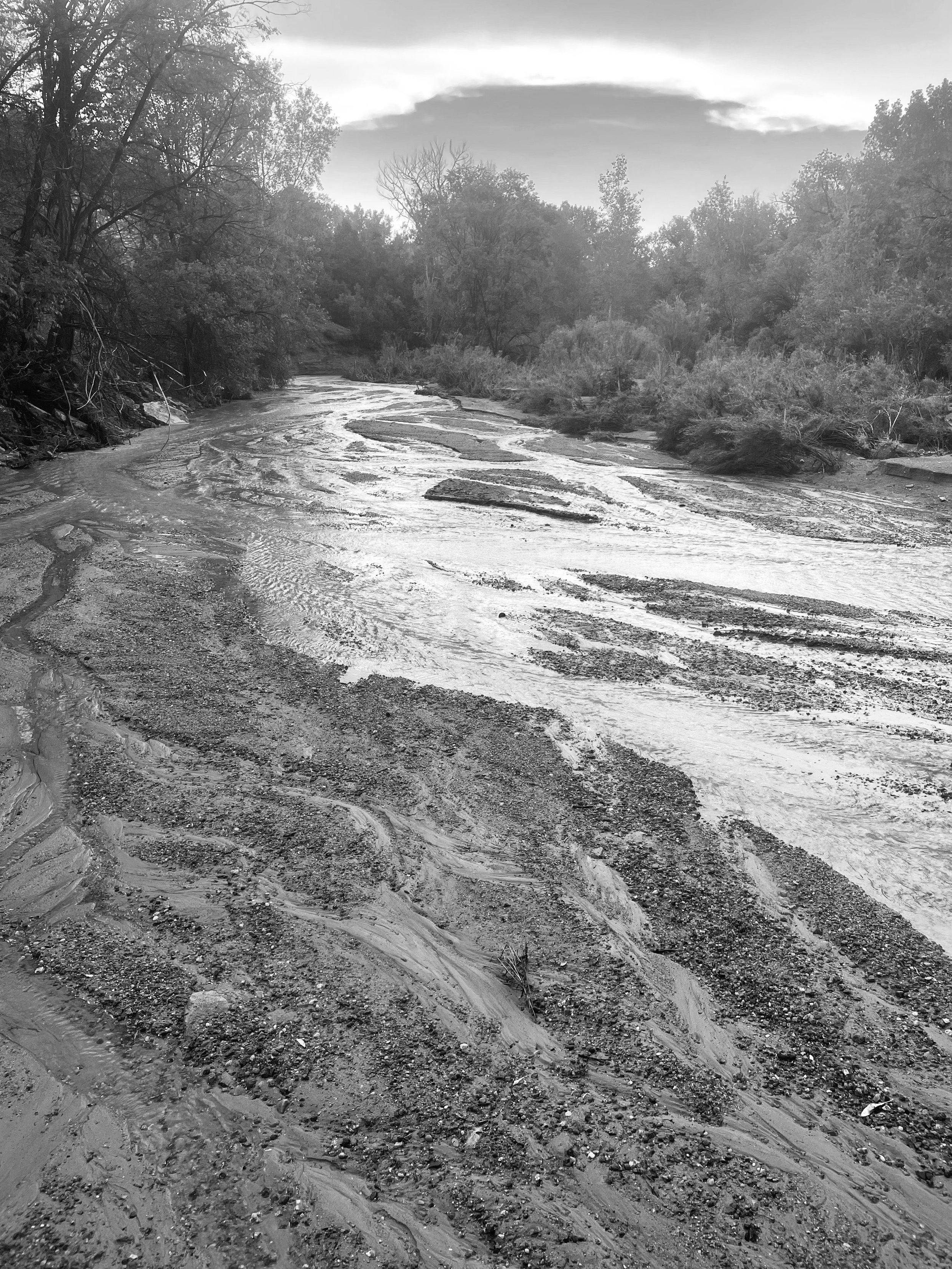It’s socio-economic poetry in numbers. Clearly, the energy crisis in Europe and the war in Ukraine are reflected in this chart. The print feature in DCEO’s November issue will further elaborate, and be online on 10/31.
The energy crisis in Europe should be on the minds of every American. Why? Because it is a harbinger, a fate to be avoided.
This “Chart Heard Around the World” is the result of disinformation campaigns and choices.
Below is the audio of me explaining to the designers at D CEO what the chart shows so they could write the correct caption. (I was roaming; they at deadline.) It succinctly presents the dynamic of the chart:
In essence, Europe produced less of its own gas resources, partly owing to policy and public perception, thus their production capabilities eroded. A number of European countries increasingly sourced more gas from Russia.
And now, from the persistent efforts of one American entrepreneur—a third-generation descendant of New Mexico’s oil industry, from the Texas-adjacent Delaware Basin of the Permian Basin—two European countries can regain greater self-sufficiency. In fact, the Permian revival had its roots in New Mexico; Yates’ work preceded George Mitchell’s in the Barnett Shale, considered ground zero of the shale gas revolution. European countries will still need to import LNG to complement their energy mix and natural gas requirements. But there is a better path ahead for an energy mix to include security, affordability, and sustainability. The story conveys the energy saga of Europe, the transition as it stands and fodder for the future.
An excerpt follows:
On March 8, Ukraine President Volodymyr Zelensky addressed the United Kingdom Parliament from his bunker in Kyiv, just two weeks after Russia had invaded his country. He invoked Winston Churchill’s famous speech during World War II, saying, “We will fight for our land, whatever the costs. We will fight in the forests, in the fields, on the shores, in the streets.”
Zelensky’s address asking for additional aid in battling Russia was preceded by a presentation to Parliament from George Yates, CEO of Dallas-based HEYCO Energy. He was part of a group of U.K. shale gas industry leaders who were there to convince lawmakers to give them access to untapped shale gas on the island nation.
Yates believes the timing was a turning point. Many forces are coalescing to illustrate how he—a typically under-the-radar, third-generation industry veteran with experience in the Permian Basin, Spain, and the Bowland Shale in the U.K.—is the right man to play a constructive, practical role in Europe’s much-needed energy continuity. “The dominoes are falling,” he says.
Whispers of Europe’s energy crisis were heard before Russia’s invasion of Ukraine. The threads were fraying in the fall of 2021. Putin had been telegraphing his intent for some time. And it included blocking the U.S. shale revolution from setting foot in Europe.
This 10-minute rough-cut video captures some of the meaning and backstory of the article for Europe, maybe for other countries to reflect upon. It’s a discussion on October 8th with George Yates.
Video interviews of Jay Hatfield, founder and CIO of a publicly-traded midstream fund, also offer some deeper dives about the state of U.S. oil and gas and the transition.















